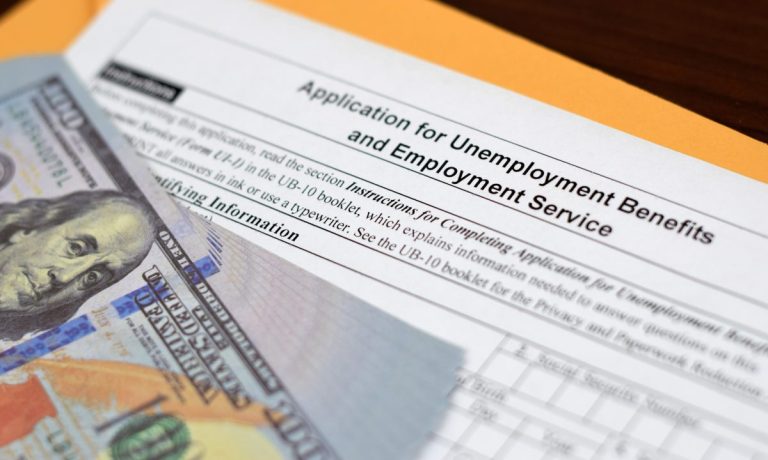
Fraudsters bilked about $163 billion from the unemployment system during the COVID-19 pandemic, according to the semiannual report to Congress by the Office of Inspector General for the U.S. Department of Labor covering the six months between Oct. 1, 2021, and March 31, 2022.
The estimate came from the Employment and Training Administration, which estimated the fraud was responsible for 18.71% of the estimated $872.5 billion in payments in 2021, with more likely to be discovered in 2022 payouts, according to the OIG semiannual report.
“Based on our audit and investigative work, the improper payment rate for pandemic-related UI payments is likely higher,” the report says. The OIG has accounted for about $17 billion in improper payments from March 2020 to October 2020, including people with Social Security numbers who filed in multiple states, were dead, were federal prisoners or filed using “suspicious” email accounts.
“The unprecedented infusion of federal funds into the (unemployment insurance) program gave individuals and organized criminal groups a high-value target to exploit,” the report says. “That, combined with easily attainable stolen personally identifiable information (PII) and continuing UI program weaknesses identified by the OIG over the last several years, allowed criminals to defraud the system.
“Because many states were not prepared to process the extraordinary volume of new UI claims and struggled to implement new UI programs, many internal fraud controls that had been traditionally used or recommended for the processing of UI claims were not initially implemented,” the report says.
The OIG report points to fraudsters finding the pandemic UI system as “a high-reward target where an individual could make a fraudulent claim with relatively low risk of being caught.”
Related: How Banks Are Pulling the Plug on Financial Fraud in a Connected Age
A new study from IBM found that the frequency and impact of financial fraud vary greatly depending on geographical location and generational differences. American consumers fall victim to debit card fraud more than any other country studied, costing U.S. consumers an average of $265 annually due to unauthorized charges from bad actors, according to PYMNTS’ latest Digital Fraud Tracker®.
Fraudulent payment scams involving gift cards are becoming more common. A recent AARP survey of more than 2,000 adults found that one in three adults over 18 have been the target of scams asking them to pay a fake debt using a gift card.